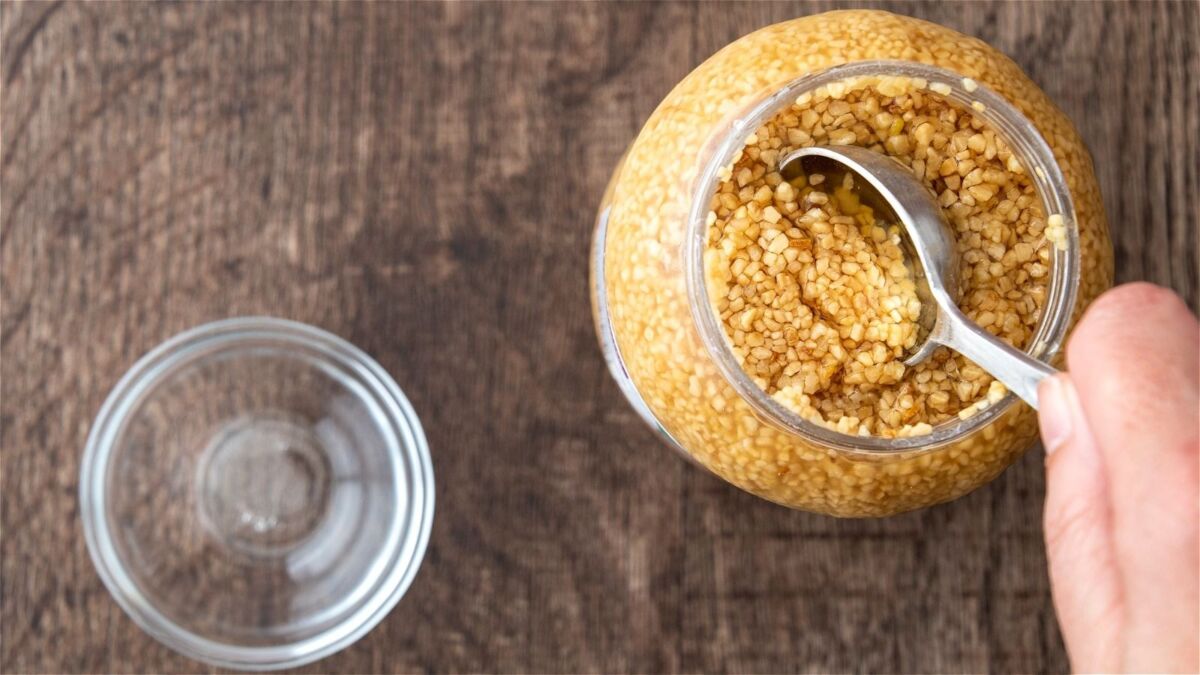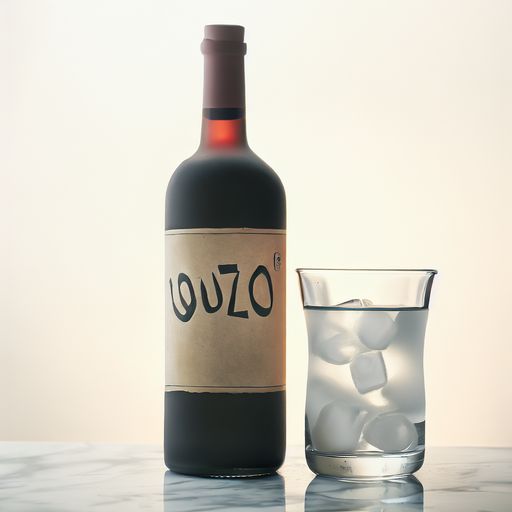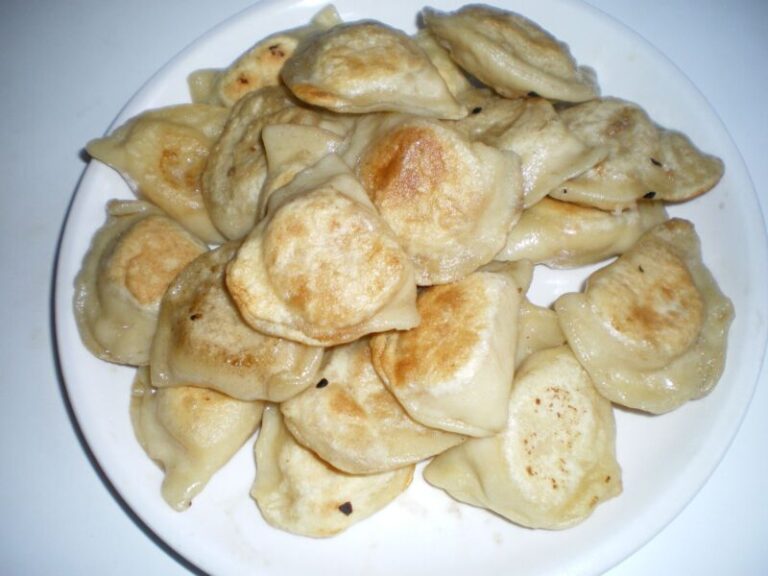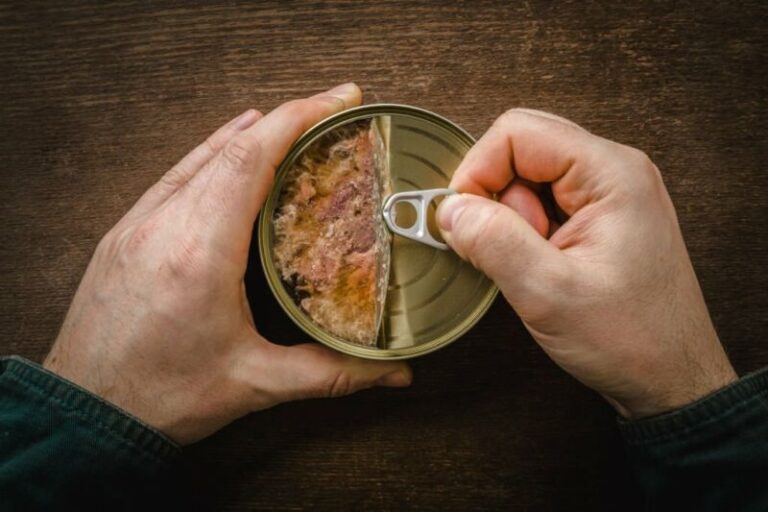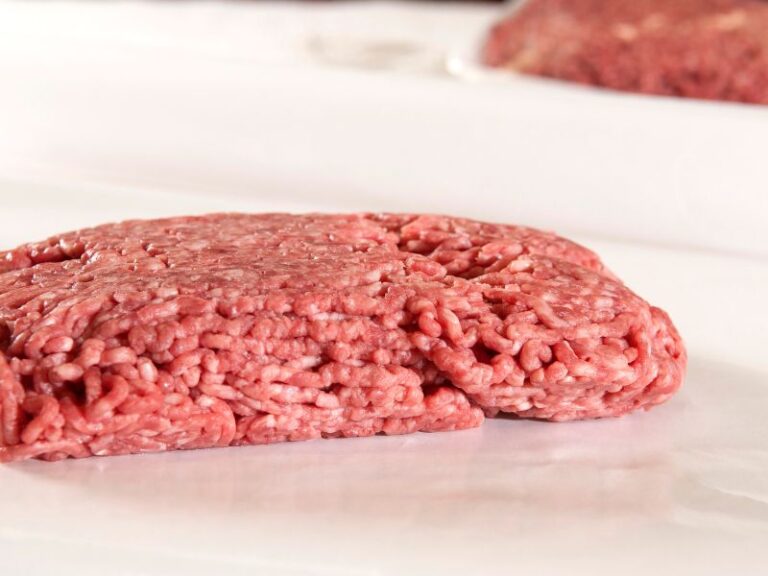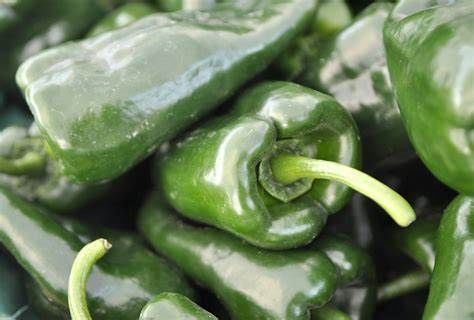Top Substitutes for Fresh Minced Garlic
Garlic, alongside olive oil and onions, is an essential ingredient in many delicious dishes. When it comes to enhancing the flavor of garlic to its fullest extent, using minced garlic is a highly effective approach.
But what if you find yourself without any fresh minced garlic on hand? It can be inconvenient to have your hands constantly emanating the strong aroma of garlic throughout the day.
Fortunately, there are a few substitutes you can consider. We are here to provide you with detailed information about these alternatives, so you can explore different options when faced with a garlic-free situation.
What is a minced garlic clove?
Mincing a clove of garlic results in approximately 1/2 teaspoon of minced garlic, although the exact amount can vary depending on how finely the garlic is chopped. When cooking with fresh garlic, it is important to cut or mince it before adding it to the dish. This process allows the garlic to release its aroma and flavor, enhancing the overall taste of the food. If you opt for pre-minced garlic, you may need less of it since the pre-minced version tends to have a more concentrated flavor.
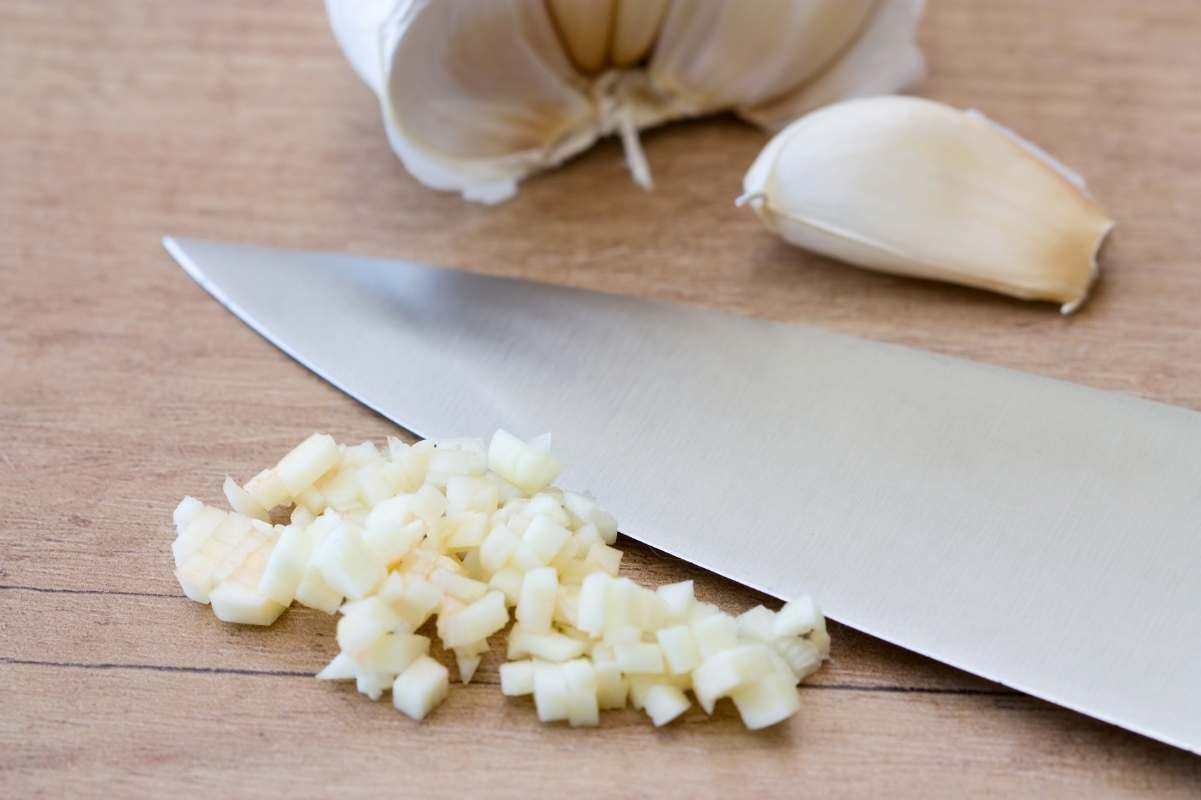
When handling garlic, it is essential to avoid direct contact with your skin. Garlic can cause a burning sensation when it comes into contact with the skin. To prevent this, always remember to wash your hands thoroughly after handling garlic.
To ensure the safety of your skin, it is advisable to use the sharpest knife available when chopping or mincing garlic. Using a sharp knife reduces the risk of applying excessive force while cutting and potentially damaging or crushing the garlic.
Garlic is a widely used ingredient in cooking due to its ability to enhance the flavor of various dishes and provide a unique taste and aroma. It can be used in both dried and fresh forms during cooking. Garlic finds its place in a variety of cuisines, including Asian and Italian dishes, and is an integral part of numerous recipes worldwide.
Here are some approximate conversions for minced garlic:
- 1 garlic cloves equals roughly 1/2 teaspoon.
- 2 garlic cloves are equivalent to approximately 1 teaspoon.
- 4 garlic cloves amount to approximately 2 teaspoons.
- 16 garlic cloves yield approximately 8 teaspoons.
- 32 garlic cloves are approximately equal to 16 teaspoons or just under five tablespoons.
Top substitutes for fresh minced garlic
Garlic Powder
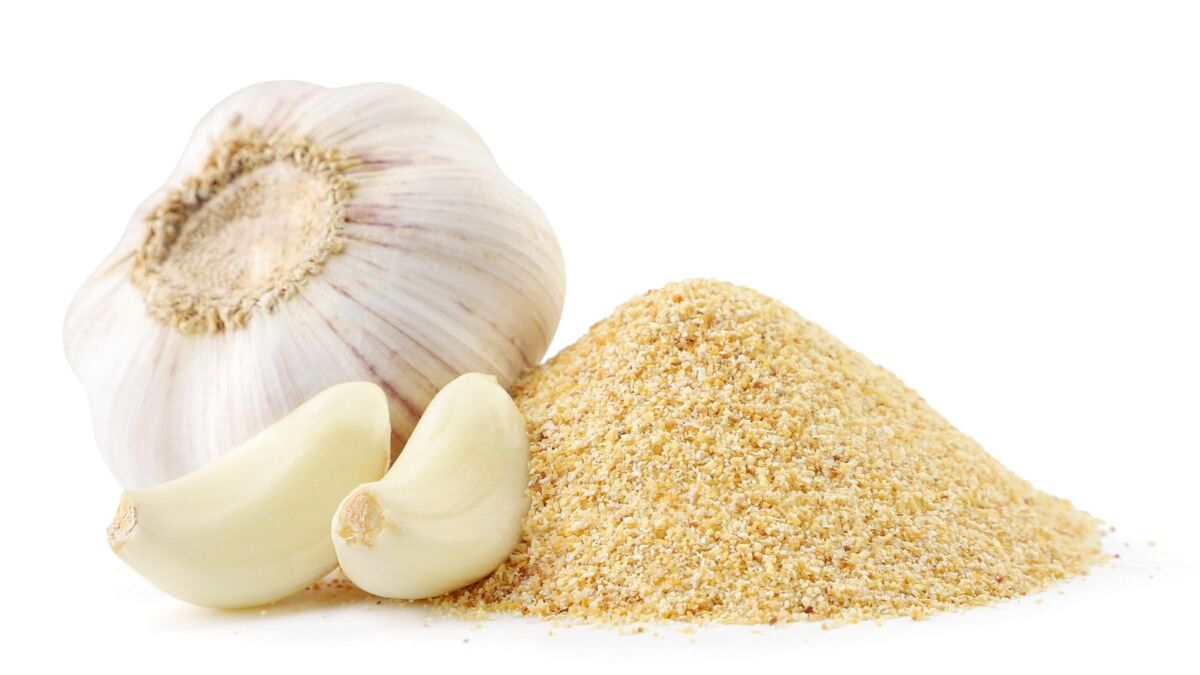
If you are cooking meals with a shorter time, garlic powder can be the ideal substitute due to its finely milled texture that quickly releases flavors. This characteristic allows it to seamlessly integrate into any dish, ensuring a uniform and homogeneous taste.
Garlic powder is an essential ingredient that should be present in every spice cupboard. It boasts a long shelf life and is incredibly versatile, making it easy to incorporate into various dishes while still providing that delicious garlic flavor.
Moreover, unlike fresh garlic, garlic powder does not possess the same level of heat when used in cooking methods like roasting or broiling. This makes it perfect for creating unique recipes such as garlic bread, pizza crust, or even a flavorful roast.
Due to its potent nature, only 1/8 teaspoon of garlic powder is required to replace one fresh garlic clove.
Garlic Paste
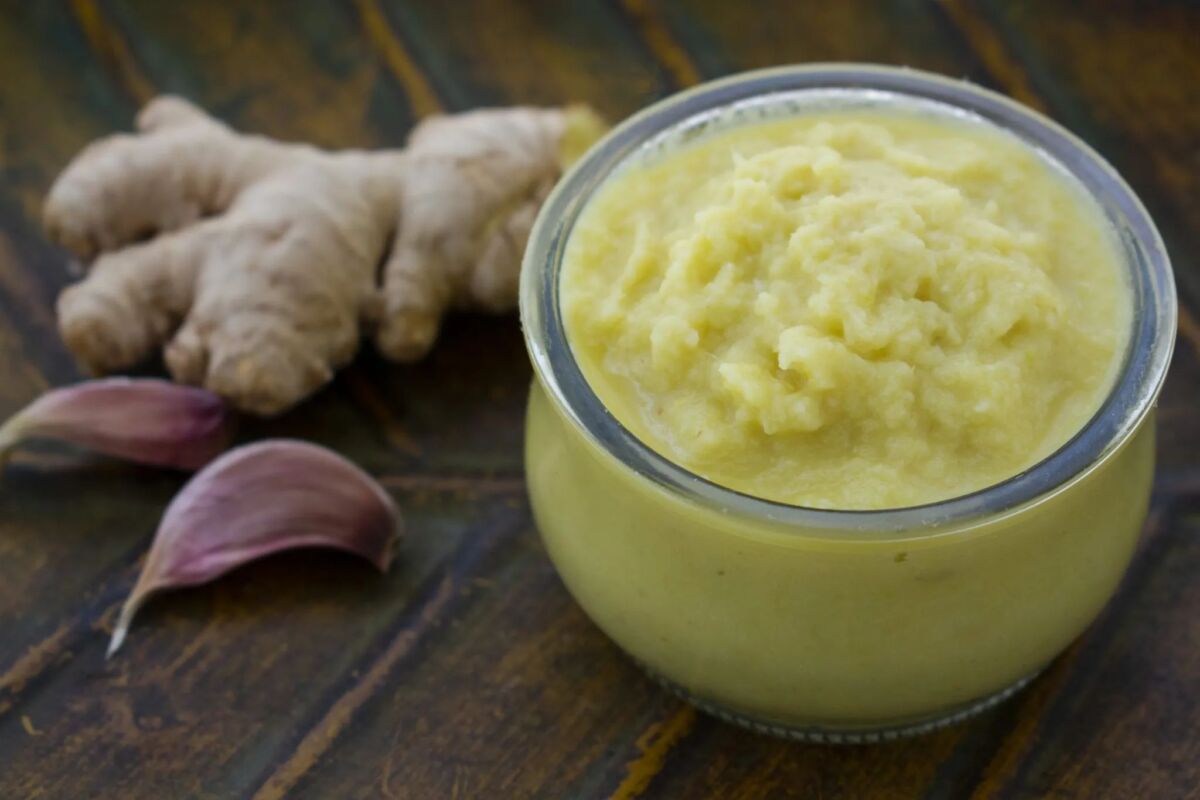
I vividly recall the moment garlic paste first appeared on the shelves of grocery stores, as my father was eager to try out this new product. It quickly replaced our container of minced garlic. Garlic paste offers a more intense flavor than fresh garlic, allowing you to enjoy a robust taste without the need for large quantities. While the flavor may differ slightly from that of fresh garlic, it is still quite enjoyable. However, personally, I prefer not to have oil and salt already incorporated into the paste, as I like to control their usage in my cooking.
Overall, garlic paste serves as an excellent alternative when you need freshly minced or grated garlic for dressings, soups, and marinades. I used to rate garlic paste an 8 out of 10 in terms of flavor. While I do appreciate its taste, it lacks the same zest as fresh garlic. Additionally, I am not fond of having salt and oil included in the paste itself, as I prefer to adjust those elements according to my own preferences when cooking.
Peppercorns
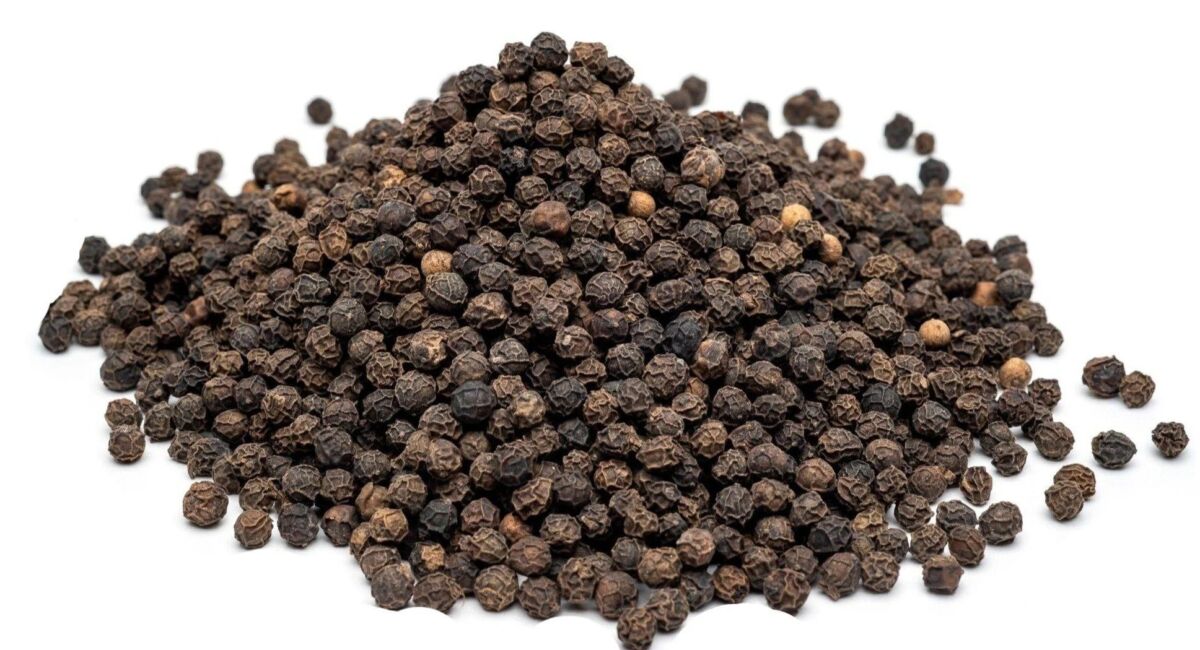
Although no substitute can replicate the exact taste of minced garlic, the use of peppercorns can add a distinctive flavor and aroma that may be missing from a dish.
Begin by adding a small amount of peppercorns and gradually increase until you achieve the desired outcome.
According to Robin Miller, pink, green, and white peppercorns possess a similar pungent flavor that complements various dishes, much like garlic does.
Feel free to experiment by combining different recipes to achieve your desired flavor profile.
If you want to experience a sharp garlic-like taste, consider slightly increasing the quantity of peppercorns you typically use in your dish.
Garlic Flakes and Salt
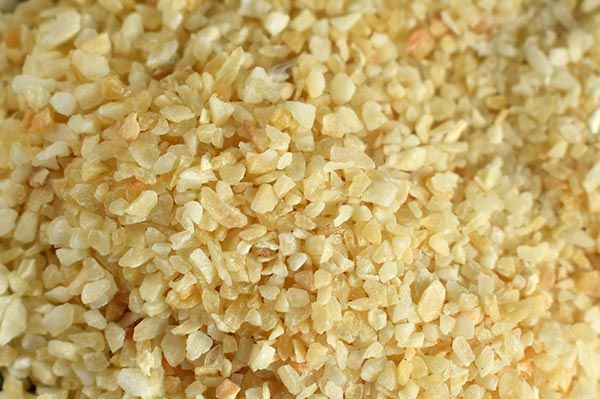
To add the perfect amount of garlic flavor to your recipe, you’ll need to follow these simple measurements. For each clove of garlic you want to incorporate, use 1/8 teaspoon of garlic flakes. Alternatively, if you prefer to use minced garlic from jars, use a quarter teaspoon of minced garlic for each clove.
When using garlic salt, a teaspoon will suffice to season each clove of garlic in your dish. However, keep in mind that garlic salt also contains regular salt, so you may need to reduce the amount of additional salt you add to your recipe.
While garlic powder is a more potent and effective option, its strength can vary across different brands. It’s advisable to conduct some research and try out various brands to find the one that suits your taste preferences. In general, more expensive brands tend to be better preserved and offer a more flavorful experience.
Shallots
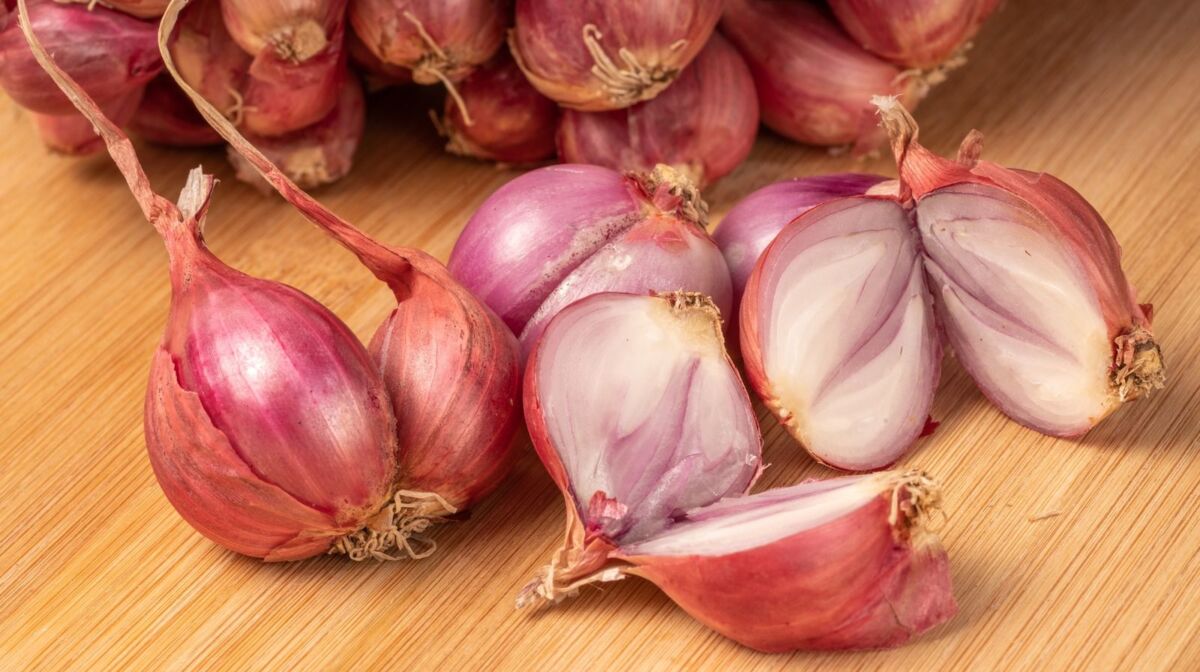
If you’re looking for alternatives to garlic, consider shallots. With their mild flavor, they provide a taste reminiscent of a combination of garlic and onions. When substituting minced garlic with minced shallots, the recommended ratio is one teaspoon of minced shallots for each clove of garlic. However, since shallots are less pungent than garlic, you can adjust the amount to your liking.
In situations where you initially planned to use minced garlic for sautéing in oil but now want to use the minced shallot substitute, it’s best to opt for jarred minced garlic. Other garlic substitutes may dissolve or burn in hot oil. Alternatively, you can combine garlic powder, garlic salt, and garlic flavor with other aromatic bases like celery, onions, and carrots.
Another technique for using garlic substitutes is to cool the oil before adding them. Ensure you remove the oil from heat when it becomes too hot and risks burning. This will prevent the substitutes from getting damaged and preserve their flavors effectively.
Ensure your kitchen is equipped with a variety of garlic alternatives
One crucial aspect of maintaining a well-stocked kitchen is the search for suitable alternatives to garlic. Whether it is used in its chopped form or as a whole clove, garlic plays an indispensable role in enhancing the flavor of various dishes, be it pasta or meat.
For more than 500 years, garlic has been revered for its remarkable properties. It possesses the ability to not only add taste to meals but also to lower blood pressure and eliminate harmful microbes from the body.
Despite its long shelf life, there may come a time when the supply of this incredible spice runs out. In such situations, the scarcity of garlic becomes evident, and its availability becomes a prized possession.
To be prepared for such an eventuality or a crisis, it is advisable to have a stock of garlic powder and salt in your pantry. This will ensure that you are not left completely devoid of garlic flavor. Alternatively, you can create your own garlic powder by following a simple process.
In cases where garlic is unavailable in stores, it is worthwhile to consider other alternatives such as onion or shallot. While they may not replicate the exact flavor profile of garlic, they can still add depth and aroma to your dishes.
Conclusion
In conclusion, although garlic powder, jarred minced garlic, garlic flakes, and garlic salt are popular substitutes for freshly cut garlic, nothing quite matches the taste, texture, and overall experience of using freshly chopped cloves.
It is recommended to store a variety of fresh garlic, both on your kitchen counter and in the refrigerator, to ensure its availability for culinary endeavors at home and during grocery runs.
